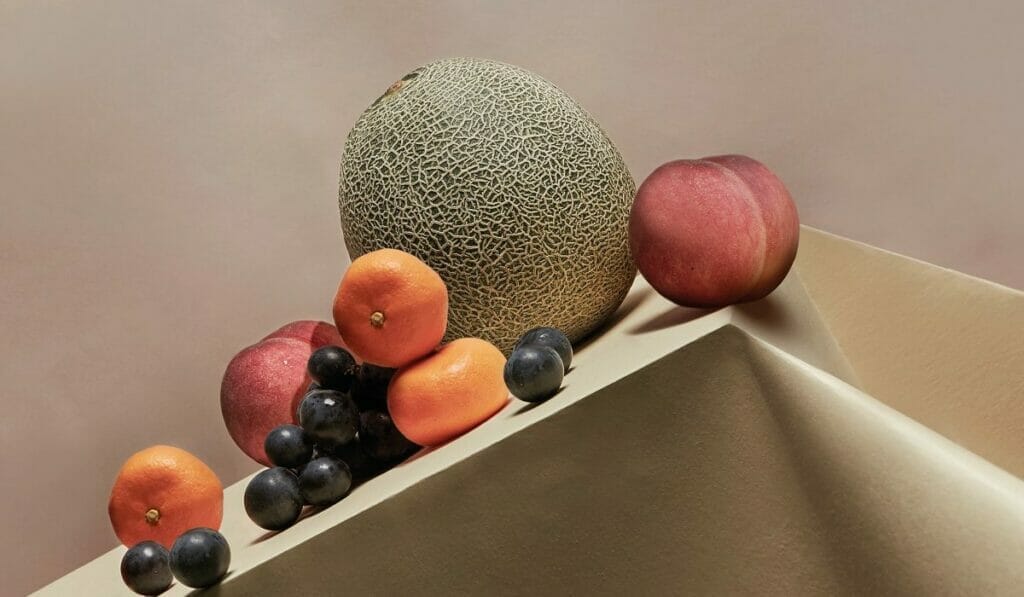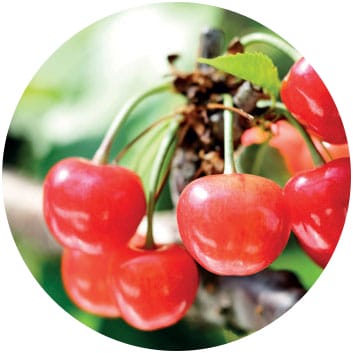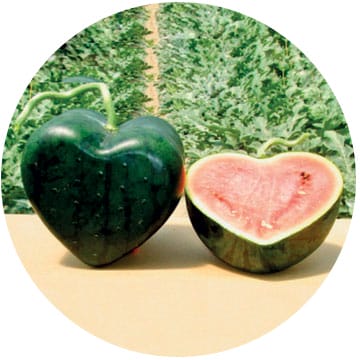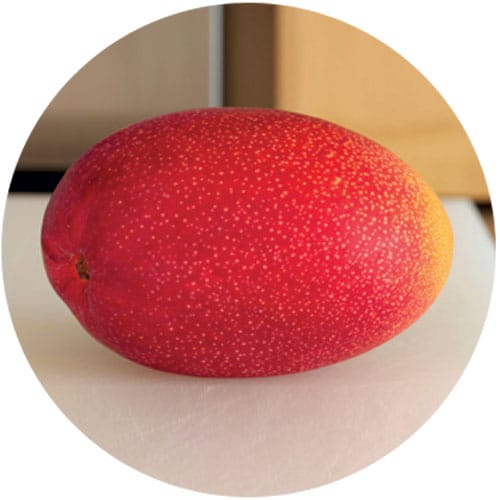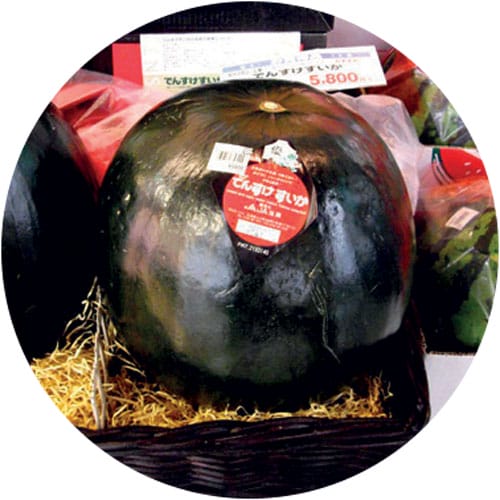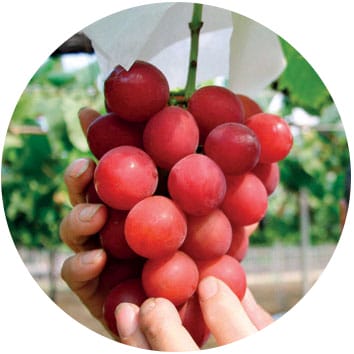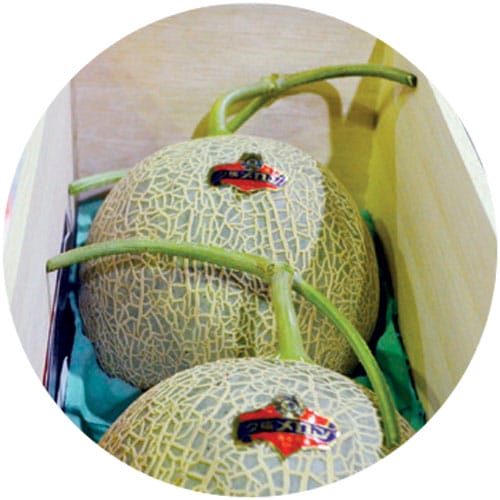Japan has long been about the pursuit of perfection, almost to the point of mania. It should come as no surprise then that the same obsession would be directed at fruit, even if the prices may still cause some eyes to widen.
You can buy 36 regular watermelons for the price of a square version at a premium fruit store. One Sekai-Ichi apple (meaning “world’s bestâ€) can set you back about $25. And these are just the ones that are easily available. Auction prices for the first harvest of the season are staggeringly high (see lists below), where it’s not uncommon to see cantaloupes costing as much as a diamond necklace.
But unlike jewellery, these fruits are considered valuable gifts by all and will be gratefully received by everyone, from your grandparents to your boss. Not only are they unparalleled in taste and aroma, these fruits are the crown jewels of agriculture.
“In Japan, the attitude towards fruit is different from that towards vegetables,†says Amanda Tan, co-founder of Zairyo Singapore, an online grocer and importer of Japanese produce. “Vegetables are consumed every day and is a necessity, whereas fruit is not. So, if they are going to buy something that isn’t a necessity, they’d rather spend more on something perfect.â€
And perfect they must be. Farmer Okuda Nichio spent 15 years developing his Bijin-hime (“beautiful princessâ€) strawberries, which are grown “scoop-shaped†and up to the size of tennis balls. Sato Nishiki cherries have skin so shiny and shapes so symmetrical, they look like Christmas baubles. Ruby Roman grapes, named for their beautiful red hue, are required to weigh at least 30g per grape to qualify for the “premium class†— none made the cut in 2011.
MUSK HAVE – So what goes into that million-yen melon?

